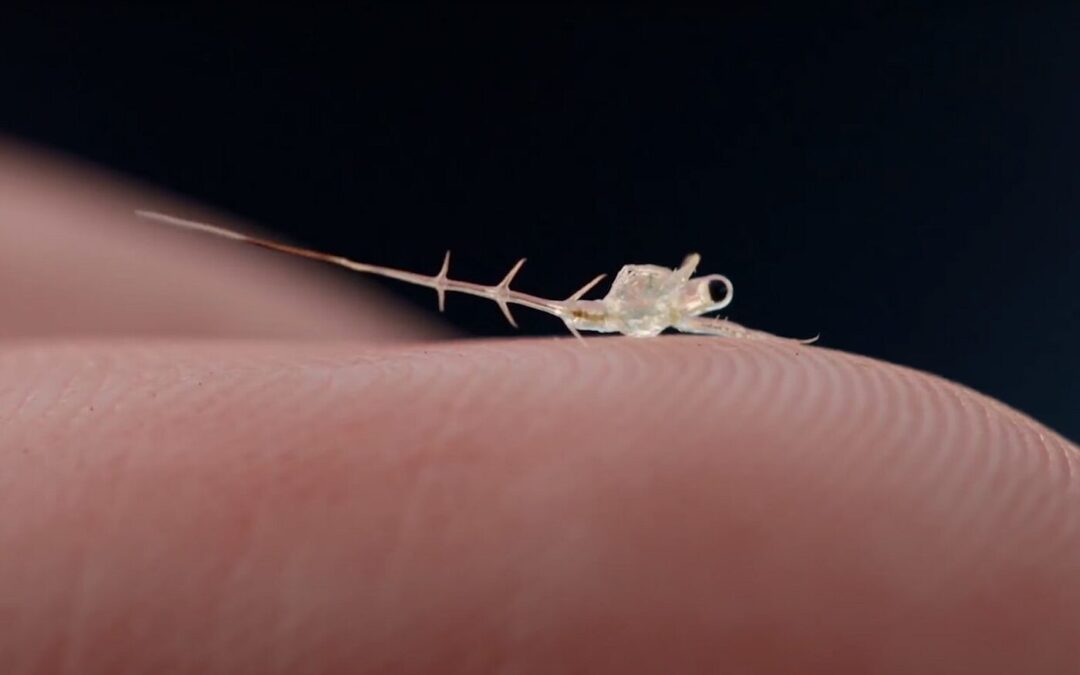The spiny water flea has been found in Newfound Lake, reports New Hampshire Bulletin (story here). It’s already in Winnisquam and Winnepesaukee lakes.
One impact of a spiny water flea invasion stems from the animals’ voracious appetites. Upon arriving in a lake, spiny water fleas begin feeding on other tiny animals that live suspended in the water column, leading to population crashes. Lakes that Branstrator has examined saw their zooplankton populations cut in half, he said. These lakes also saw their zooplankton biodiversity — a measure of how many different types of the organisms are present in a system, which scientists often consider a key indicator of an ecosystem’s health — fall by about 20%, according to Branstrator.
This change has ripple effects that extend both up and down the food chain. Native zooplankton typically eat the tiny plants, algae, and photosynthetic bacteria, collectively known as phytoplankton, that also live free-floating lives in the water column. But when spiny water fleas eat most of those native zooplankton, the photosynthetic organisms at the base of the food chain have fewer predators — and in turn, they could run wild, Pellissier said. “You’ll have greener, murkier lakes because of that,” he said.
More details from NHLakes is here.


 Return to the Concord Monitor
Return to the Concord Monitor